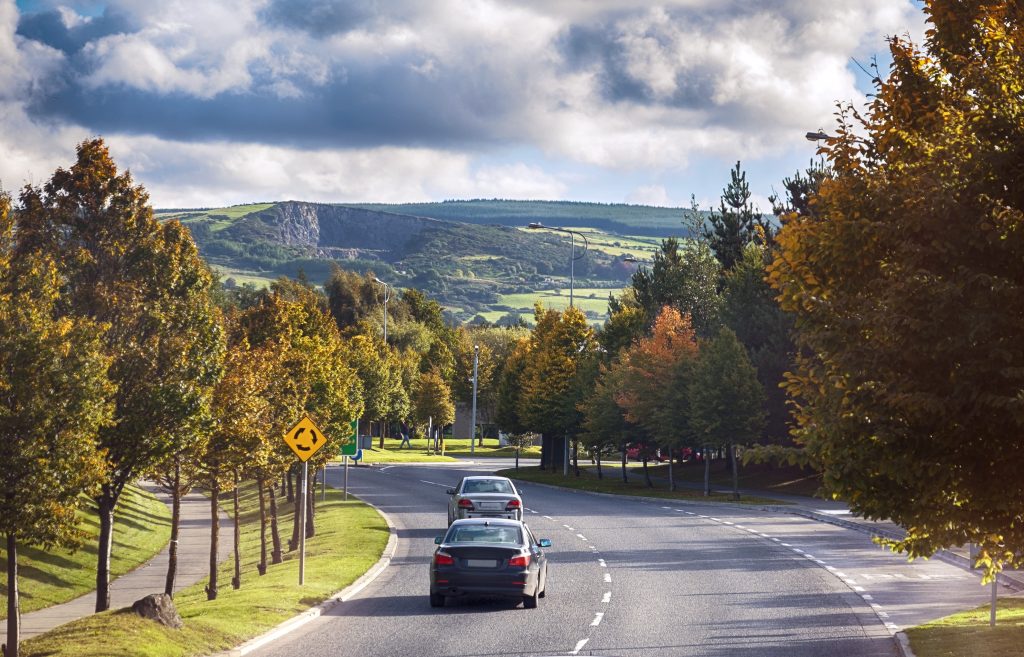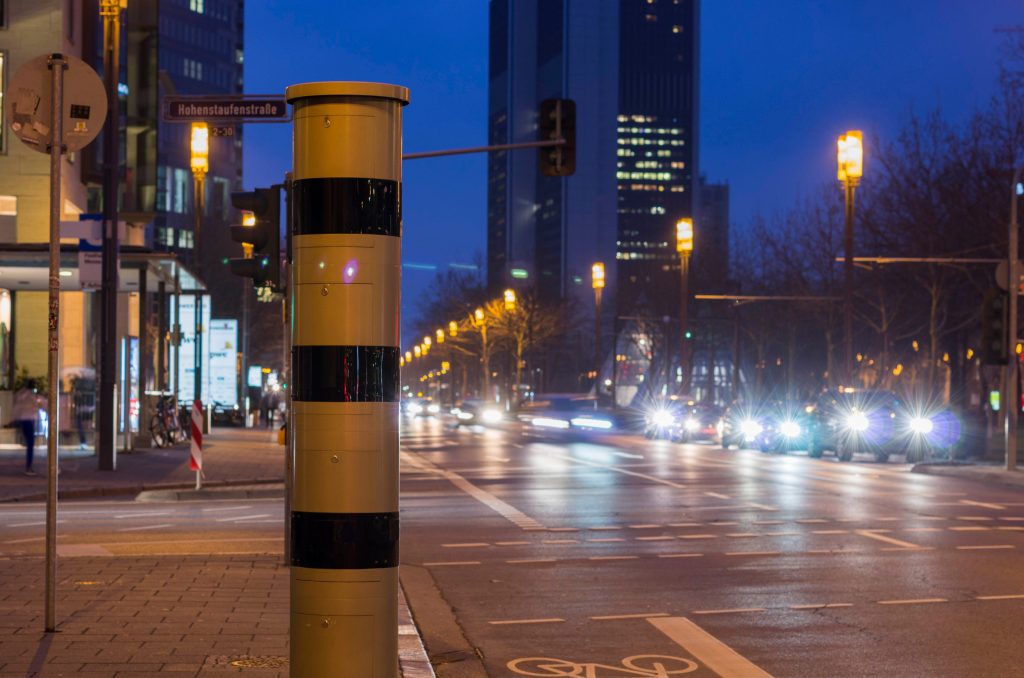You want to drive in Germany, we get it. The roads, the scenery, the Autobahn. But driving in Germany can be intimidating, especially given the fearsome reputation of the Autobahn. But if you follow these 7 tips, you’ll be cruising German roads like a local in no time.
Rent a car
You could get to Germany first and then rent a car. But you’ll get a better price and more options if you book before your trip. It’s often easier online, although you can also book by phone. Most rental cars can be reserved online or by phone with a major international chains or smaller companies.
The best deals are usually available by booking 14 days before you plan to pick up the vehicle. Or you can use Price Drop Protector function in QEEQ.COM.com.
Rental rates vary considerably between companies, but all are fairly competitive. Note the base rates do not include the 19% value-added tax, registration fee or any airport fees. Expect them to be about 25% of the daily rental rate. Rates do however include a required third-party liability insurance.
Every rental vehicle should have a green insurance certificate. It is important that you have it before driving in case you are stopped by the police. If you travel to a different country or have an accident you need to produce this document.
Make sure the vehicle has all the required emergency equipment: warning triangle, first aid kit, spare tire and jack. Also get a safety vest and parking disc.
Verify the type of fuel the vehicle uses. Many German cars use diesel.
Before venturing out on the road, make sure you know where all the buttons, knobs and controls are. Take a little test around the lot to get a feel for the car. This will allow you to make necessary discoveries and adjustments before you get out into a foreign driving environment where you will need to concentrate.
If you have any questions, ask the lot attendant. In my experience, they will be happy to help.
Don’t drive a stick-shift
Don’t drive a stick-shift. You might be surprised to know that most Germans do. So the majority of cars in Germany are stick shift, not automatic. That means, cars with automatic gearboxes are often limited in availability and cost more. Another good reason to book in advance.
Technically Germany does have speed limits on the Autobahn
Visitors may think that the Autobahn has no maximum speed limit and that is true. But there’s an advisory speed limit of 130 km/h. Some vehicles like trucks or lorries have specific speed limits. Some sections of the Autobahn have specific speed limits that alternate from 80 to 130 km/h. This is true in the areas that have sharp curves, city driving or interchanges. Construction sections may have a lower limit of 60 km/h.
Here are some tips for the Autobahn
Always stay in the right lane when possible. It is recommended that when driving through unrestricted speed zones of the Autobahn, you stay in the right lane as the left lanes are used for passing only.
Expect less space with passing. It is common for locals to drive much more aggressively than visitors. Because of this, the amount of space between cars can become a complete slim.
Wearing a seat belt while driving in Germany is mandatory. Violators will be fined a minimum of 30 euro per unbelted passenger.
German drivers don’t slouch when it comes to using turn signals nor should you, especially when driving on the Autobahn.
Use of handheld devices is strictly prohibited while driving in Germany.
If you should wander into the left lane and forget that someone could be hurtling towards you at the speed of sound.
Turning left and right
There are no right turns on red. As far as left turns, German cities are old and there are a lot of one-way streets, not very many intersections where you’re allowed to turn left.
City planners have solved this problem by putting left turning ways a little further past the intersection where drivers can make a u-turn. If you can make a left turn in an intersection, your turn comes after everyone else has gone straight through.
Know German road signs
While driving in Germany, understanding the road signs is of utmost importance which will help you have a better driving experience.
The Blitzers are watching you
You might not see Germany’s Autobahn Police, but their cameras see you. Germany uses lots of radar speed traps with cameras triggered by radar.
If you’re speeding, the camera takes a photo of you and your license plate and the speeding ticket will be sent to your car rental company. Your car rental company will bill you for the fine along with an extra fee for their trouble.
Driving on Sundays
Sundays are the best days for driving on the Autobahn since most trucks are not allowed on the road. Enjoy your Sunday drive the way Germans do.






